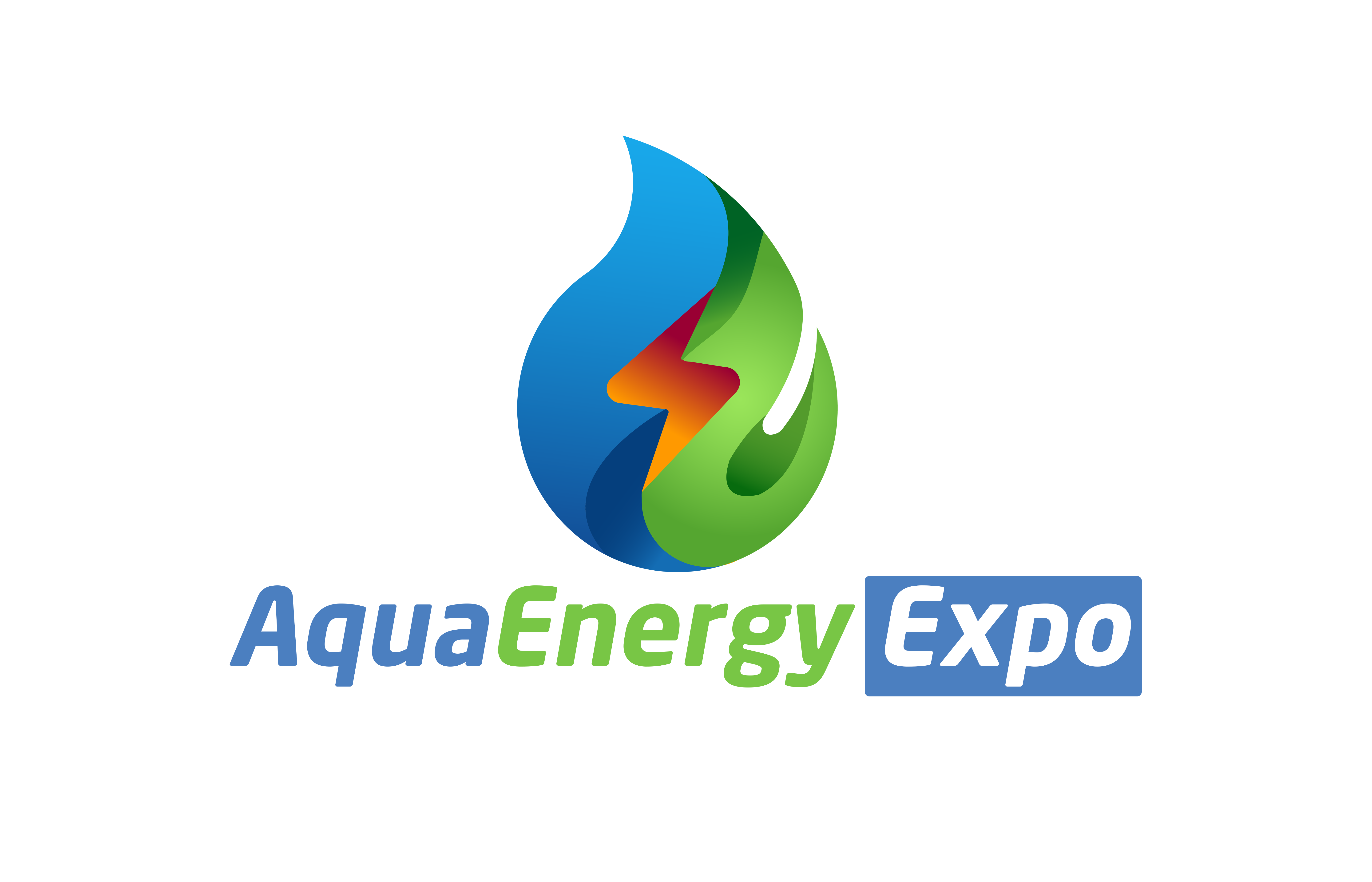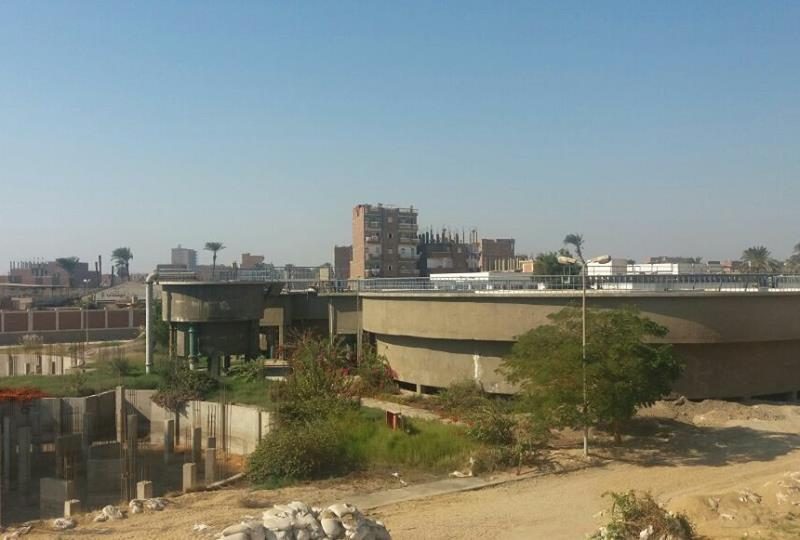By:Dr. Mohamed Elsofy Zain Elabedien Ezz Eldien –
Microbiology Lab Manger – Reference Lab of Waste Water (RLWW) Holding Company for Water and Wastewater (HCWW)
Introduction:
Oxidation ponds are known as stabilization ponds which provide greater advantages in treatment over mechanically based units. Ponds can be described as self-sufficient treatment units, because the efficacy of treatment is contingent upon the maintenance of the overall microbial communities of bacteria, viruses, fungi, protozoa, and the proper balance of organics such as (light, dissolved oxygen, nutrients, algal presence and temperature) (Amengual-Morro et al., 2012). Ponds are self-sufficient; there is a reduction of operator responsibilities to manage treatment, reduction in labor costs, and increase in the potential fiscal returns from the tangible products generated by the treatment unit (Hosetti and Frost 1998).
Subject:
Ponds can be used for the purpose of ‘polishing,’ or providing additional treatment to what has been found within conventional treatment methods (Veeresh et al.,2010). Ponds simplify the treatment process by reducing the need for multiple treatment units. So oxidation ponds are a treatment processes that can be used in regions where treating of wastewater using conventional treatment methods are expensive. Indeed, oxidation ponds are commonly used in many regions around the world, specifically in places with year-round mild to warm climates.
Types of oxidation ponds:
There are four major types of oxidation ponds: aerobic (high-rate), anaerobic, facultative, and maturation ponds.
1- Aerobic (high-rate) ponds:
Aerobic ponds are known as high-rate algal ponds that maintain dissolved oxygen throughout a depth of 30–45 cm because of algal photosynthetic activity. Photosynthetic activity supplies oxygen during the day, while at night the wind creates aeration due to the shallow depth of the pond (Davis and Cornwell, 2008).
Aerobic ponds are well known for having high biochemical oxygen demand (BOD) removal potential and are ideal for areas where the cost of land is not expensive. Other characteristics of these ponds include a detention time of 2–6 days and a BOD removal efficiency reach to 95 %.
2- Anaerobic ponds:
Anaerobic ponds operate without the presence of dissolved oxygen, the major products are carbon dioxide and methane (Quiroga, 2011), Typically, these ponds are designed to have a depth of 2–5 m, with a detention time between 1 and 1.5 days, an optimum pH less than 6.2, temperatures greater than 15ºC (Kayombo et al., 2010).
Anaerobic ponds can remove 60 % BOD. However, this efficiency is climate dependent, the driving force behind treatment is sedimentation where Helminthes settle to the bottom of the pond, and bacteria and viruses are removed by attaching to settling solids within the pond or die with the loss of available food or by the presence of predators. In practice, anaerobic ponds are usually incorporated alongside facultative ponds (Martinez et al., 2014).
3- Facultative ponds:
A facultative pond is a treatment unit with anaerobic and aerobic conditions. A typical pond is divided into an aerobic surface region consisting of bacteria and algae. Anaerobic bottom region, consisting of anaerobic bacteria, and a region in between anaerobic and aerobic conditions, where bacteria can thrive in both conditions, if used in series, effluent from a previously treated source enters the pond. Facultative ponds treat BOD, typically within a range of 100–400 kg BOD/ha/day, by removing BOD by 95 %. Because facultative ponds employ algae as decomposers, the treatment time can range between 2 and 3 weeks, which are attributed to the photosynthetic processes that occur within the unit. A facultative pond on average has a depth of 1–2 m.
4-Maturation ponds:
Similar to facultative ponds, maturation ponds use algae as a primary driving force in the treatment. Nevertheless, while facultative ponds typically treat BOD, maturation ponds remove fecal coliform, pathogens, and nutrients (Cinara, 2004). In comparison with the other pond types, the characteristics of the maturation pond include a depth range between 1 and 1.15 m, which makes it shallower than all of the ponds besides the aerobic.
Arrangement of ponds:
There are two arrangements for a multiple pond system; series and/ or parallel. In the series arrangement, wastewater is treated in the initial and subsequent ponds and then polished in the final pond; while wastewater flow is evenly divided in the parallel pond arrangement each multiple pond arrangement has its benefits and therefore an operator can change the pond arrangement depending on the situation. For example, ponds operating in parallel prevent interruption of treatment during the cooler months of the year. This is when a pond can experience low biological activity. Low biological activity can create anaerobic conditions within a pond. In addition, the application of ponds in parallel can reduce problems related to periodic low dissolved oxygen concentrations, particularly in the morning hours, On the other hand, ponds in series are ideal during the summer months and also during periods of low biological loading, Nevertheless, the choice of applying multiple ponds can be beneficial for treatment as compared to a single pond arrangement.
Design factors:
Understanding design factors is important in controlling pollutants such as BOD5. There are many factors that affect the efficiency of BOD5 removal in waste stabilization ponds. These factors include raw wastewater strength, food-to-microorganism ratio (F/M), organic loading rates, pH, and hydraulic detention time (HRT).
We will explain in detail these factors in the next issue.
References:
Amengual-Morro C, Moya Niell G, Martinez-Taberner A (2012) Phytoplankton as bioindicator for waste stabilization ponds. J Environ Manag 95:S71–S76.
Hosetti B, Frost S (1998) A review of the control of biological waste treatment in stabilization ponds. Crit Rev Environ Sci Techno l28:193–218.
Veeresh M, Veeresh AV, Huddar BD, Hosetti BB (2010) Dynamics of industrial waste stabilization pond treatment process. Environ Monit Assess 169:55–65.
Quiroga FJ (2011) Waste stabilization ponds for waste water treatment, anaerobic pond.
Kayombo S, Mbwette TSA, Katima JHY, Ladegaard N, Jorgensen SE (2010) Waste stabilization ponds and constructed wetland design manual. UNEP International Environmental Technology Center..
Martinez FC, Cansino AT, Garcia MAA, Kalashnikov V, Rojas RL (2014) Mathematical analysis for the optimization of a design in a facultative pond: indicator organism and organic matter. Math Probl Eng 1–12.
Cinara Columbia (2004). Waste stabilization ponds for wastewater treatment: FAQ sheet on waste stabilization ponds.




